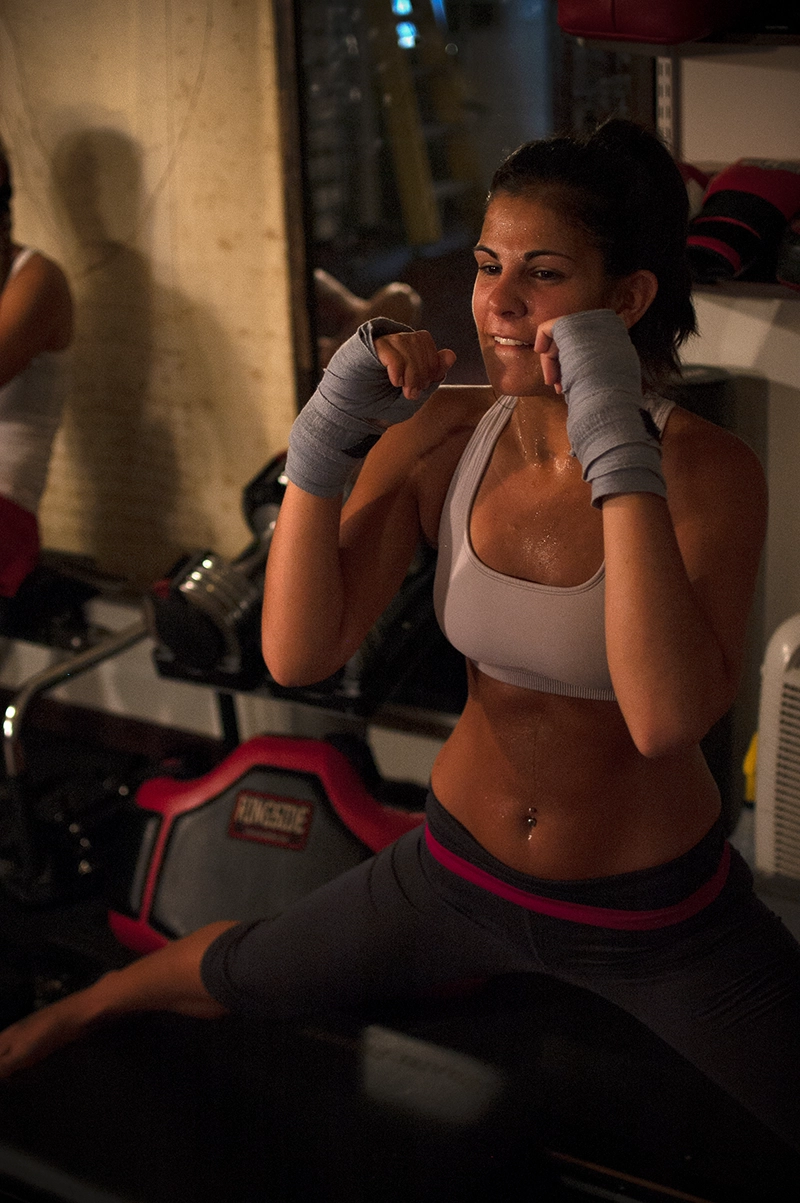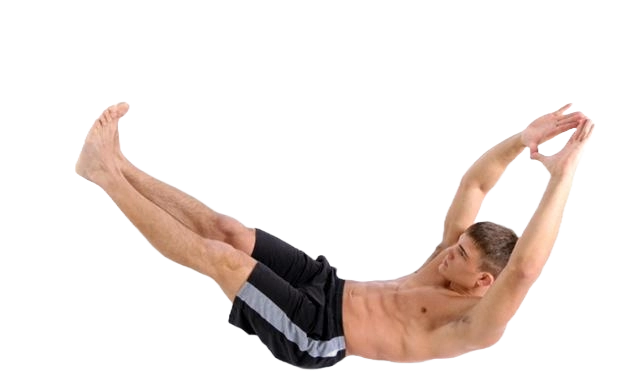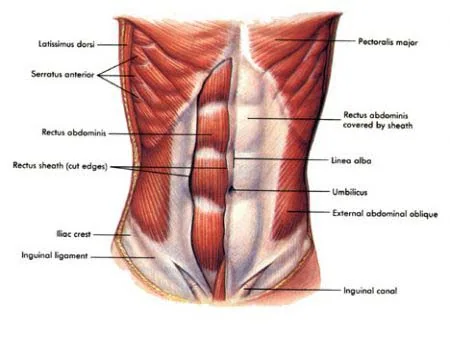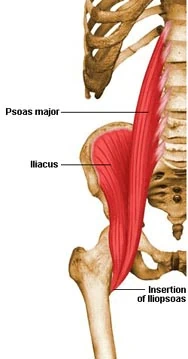Pilates Training
Building Abs, Strength, Balance, and Stability
Pilates Training In RED BANK NJ
For those of you that just want a brief summary of pilates, the info below might be a tiny bit excessive. If you’d like a pilates summary, here it is: pilates makes your stomach look really good and performs miracles in the realm of physical health, body functionality, and strength. This form of exercise targets a group of abdominal muscles that you’ve probably neglected. In strengthening them, You add power to your whole body, heal injuries, fix nagging back pain, AND make your stomach look really good. If you want to learn how pilates can actually do all of this stuff, read the info below. Otherwise, just take my word for it… pilates is awesome.
Pilates is a form of exercise that has tremendous support from those who undertake it while being written off as “girly exercise” by those who do not. Trust me, as a mixed martial arts “cage-fighter”, I can attest that pilates has the abilty to challenge both your body and your mind to an intense degree. There is nothing ‘girly’ about it, aside from the many hot women that usually surround me, the only guy in a pilates class. It’s humbling as an intense athlete to struggle horribly during exercise while a few feet away, some mom is dominating every movement that happens to be killing me. I have left pilates sessions and refused to undertake further physical activity because I was so tired for the rest of the day. Conversely, I have also left some pilates group classes with a nice fatigue and a refreshing feeling of flexibility within my core.

No matter how intensely you decide to work the movements taught in pilates, the real benefit you receive is due to the science behind the exercise. Once you understand how drastic of a difference pilates can make in your body’s functionality, you’ll feel like an idiot for not having started the practice sooner.
Hey! Here's a guy. He's doing pilates.

By engaging and strengthening muscles that you probably neglect on a regular basis, you can gain tremendous strength and stability in your core. The “transversus abdominis” and internal obliques are two of exactly such muscles. Stability in the core can not only help to eliminate serious problems like low back pain, but can also make every single movement your body performs more effortless to complete. From an athletic perspective, pilates can add a tremendous amount of power to any and all movements one may seek to undertake.
In fact, the nervous system fails to recruit muscles in the extremities efficiently without the presence of a stable spine. In other words, while you might be reaching out to take an object from a shelf or diving to catch a ball, without a stable spine, your nervous system just won’t do it! Your brain will refuse to ‘tell’ all of the usable muscles involved in the movement what you want them to do, and instead your body will be forced to limit itself in order to protect the spine.
Until you learn how to ‘recruit’ spinal support muscles, your body will go merrily along it’s way, drastically overcompensating with muscles that you’re not not necessarily intended to use. This will cause severe spinal imbalance, and can put a lot of pressure on your back where it doesn’t belong. The result is obviously back pain, and also a loss of efficiency in balance and movement. As an athlete, neither pain nor subpar muscular performance are tolerable, and pilates can help to eliminate both.
I hate to do it to you, but we need to cover a little bit of anatomy so you know what I’m talking about for the duration of this article. I’ll try to keep it as interesting as I can. Below, you can check out Figure 1. It gives a pretty good layout of the surface abdominal muscles. When summertime comes around, many folks like to have a defined “six-pack”, so that the opposite sex is attracted to them. I too have pursued this quest, the whole time not knowing that a “six-pack” is actually either an 8 or 10 pack of muscle compartments within the “rectus abdominus”.
There are either 4 or 5 of such pairs and they can actually be trained to contract individually… but who really cares about contracting them individually. We just want hot girls to be able to scrub their bikinis clean on our wash-board like abs. When it comes to physical appearances, the ‘six pack’ or ‘rectus’ reigns supreme, few muscles could be considered as important for looks. However, when it comes to functionality, the rectus is merely the unintelligent step-child of the abdominal muscle family.

Figure 2 helps to depict the “transversus abdominis” muscles within the abdomen. In this picture, the transversus is the dark colored section of muscle running laterally from the rib cage towards the center line of the abdominals.

The transversus is the deepest of all of the abdominal muscles. It’s flat and actually connects directly into the lumbodorsal fascia, the strongest supportive muscular structure in your lower back. The muscle fibers run horizontally (they transverse the abdomin) thus giving the structure it’s name. The transversus has been considered to be the abdomen’s natural weight belt, and it’s easy to see why. It wraps around the torso much like a weight belt and one of its primary functions is to provide spinal support. Remember, without a stable spine, the nervous system fails to recruit muscles correctly, even in the extremities. So how do we build this muscle?
The most simple means to describe activating the transversus abdominis would be to engage in a vacuum-pose. If one stands up straight and sucks their belly button in as far as possible, one engages the transversus. By pulling the belly button in and also trying to pull it up and behind the rib-cage, one achieves even deeper transversus recruitment. Now this muscle works independently of all other abdominal muscles. This means that no matter what other chore your abs are required to do, the transversus can always be engaged to provide additional support to the spine and torso. Again, this helps the nervous system recruit muscles throughout the entire body but also ensures the correct functionality of the core itself.
Two science people, Marily Miller and John Medeiros, conducted a study entitled “Recruitment of Internal Oblique and Transversus Abdominis Muscles During the Eccentric Phase of the Curl-up Exercise.” While they probably should have won an award for most boring title ever, I can forgive them because the content of their paper was awesome. The study did a great job in assessing the role of various core muscles in the second portion of a sit-up, in which the body curls back down to the mat. What they found was very interesting. Firstly, most adult males actually struggle to complete an entire controlled sit-up without their feet being anchored down somehow. Secondly, by anchoring the feet in a situp, the “iliopsoas” muscle is way overused. This muscle, which is actually the joining of the iliacus and psoas muscles, can be seen in Figure 3 below. The iliopsoas muscle is important to acknowledge because it connects directly to both the pelvis and spine. It is known to be able to exert hazardous compressive and curve-inducing forces on the spine, especially when it’s not counter balanced with adequate abdominal strength. Third, when not anchoring the feet and given some coaching, participants are able to engage the transversus muscle and drastically decrease use of the iliopsoas muscle.

So think about the implications of the study by Miller and Medeiros. Without engaging the transversus in a simple movement such as a sit-up, the iliopsoas becomes stronger and stronger. This is a problem when the particular muscle growing in strength has been shown to be able to exert a hazardous amount of pressure and curving force on the spine! Obviously a difference in muscle length on either side of the body can cause serious spinal imbalance. It is important to keep the iliopsoas flexible and long, and to do so, it must not be overtrained. Engaging the transversus can help this pursuit to be accomplished So how did Miller and Medeiros get their participants to engage the transversus? They issued some of the same, simple verbal commands that one would hear frequently in a pilates class!
Miller and Medeiros told their participants to “contemplate their navel”. This basically means, “think about your belly-button”. The command itself is actually kinda funny, and if participants laughed, it proved to be helpful because both the transversus and internal obliques are engaged heavily in laughter. The participants were then instructed to tightly pull in their naval, to the point that they were pulling it up against their own spine. Not only did this allow adults that could not complete an unanchored sit-up to actually do so, the focus led participants to engage the transverse abdominis (shown by electrical activity within the muscle) and were also shown to have stopped the overuse and thus over-building of the iliopsoas muscle, which again can have ill effects on the lower back. This change in muscular activity was measured by covering participants in electrodes and taking integrated electromyographic readings, super-fancy stuff.
Participants in pilates are constantly reminded to pull in their stomachs, and there are many different ways to issue this command. I tell my students to pull their belly-buttons in until they touch their spine. Others instruct students to tightly draw in their “power-house”, a pilates term used to refer to the ‘core’. Simply being told to ‘Suck in your stomach and keep it there’ should suffice in an effort to engage the transversus. No matter what is said, a good pilates instructor will constantly remind you to pull the navel in, and a good pilates practitioner will constantly focus on doing so.
Another study that I came across supports the ability for pilates to eradicate lower back pain. This study, “Muscles, Sacroiliac Joint Mechanics, and Low Back Pain” makes a few important findings, other than the fact that all sciencey papers have terrible names. The first relevant point in the paper states that clinically, lower back pain been shown to be reduced in a three year period from 75% to 35% with the only means of treatment being the strengthening of transversus abdominis muscles in affected patients. With a medical culture that is eager to prescribe medication or talk patients into surgery, it’s funny to note that instances of back pain are more than cut in half just by teaching people how to build one section of the abdomen! Next time you’re sitting at your desk, and some pain has you thinking that your back might be permanently messed up, think again. You can fix the problem, as long as you’re not lazy.
This study is based primarily around the transversus and the role that it plays in the sacroiliac joint. The sacroiliac can be seen in Figure 4, it is circled in the red oval.

This incredibly strong ligament connects the base of the spine to our hip bones. This is almost like the glue between our upper body and lower body, but it’s a flexible glue. The sacroiliac joint is theorized to have between 2 and 18 degrees of movement, it is not entirely solid because some movement in this area allows for more efficient hip and lower back function. However, there are many times, i.e. any type of heavy lifting, in which the sacroiliac should be as stable as possible. If this joint is not properly stabilized and it becomes over worked, one may experience sacroiliitus. This is inflamation of the sacroiliac joint, or tendinitis, and it is one of the most common causes of lower back and hip pain.
This study found that strengthening and engaging the transversus drastically decreased sacroiliac joint laxity. Essentially, this means that improving transversus strength improves stability within the sacroiliac joint. In a comparative study, participants were told to engage and tighten the transversus alone, and sacroiliac mobility was assessed. (and no other abdominal muscle), the sacroiliac increased in stability more than when every other muscle in the abdomin was forcibly engaged. Again, simple awareness of how to make this particular muscle work and taking the time to build it plays a crucial role determining in the stability of a joint known to frequently cause pain when not supported biomechanically.
Pilates is a no-brainer. Without even getting so deep into the science, it makes tremendous sense as an exercise practice. It is systematically devised to improve every muscle within the abdomen, both those that provide support and those that provide functional movement. Every core muscle is improved and each one is taught to function throughout a greater range of motion. This means a more powerful and more flexible torso. Imagine that the muscles in your midsection were loose enough that you could always take effortless deep breaths, no matter the position in which your body is held. Imagine always being on balance, and having your core adequately support every movement you decide to make. You might as well imagine 8-pack abs, because it’s an awesome step in that direction to boot. Joseph Pilates designed this form of exercise in a hospital bed so that the core could compensate for weaknesses throughout the body, thus becoming able to support the healing of any physical ailment. What he created is an exercise phenomenon that can truly change your life, if you put in the hard work it takes to succeed.
Copyright © Fight Smart - All Rights Reserved